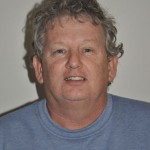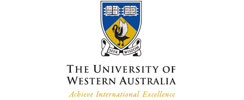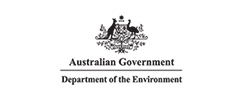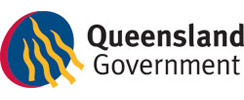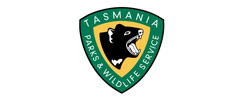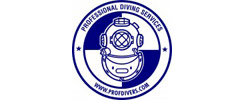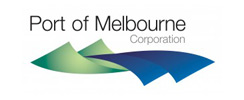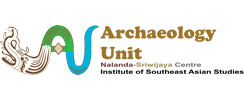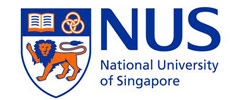Friday 11 May
Well it’s the last day, slowly people are packing up and saying their goodbyes as they head back to their respective states and countries.
So how was the project?
As an outsider and not an archaeologist (i.e. normal) these views come from a different perspective.
The best way to illustrate what this experience has been like was the evening’s meeting from several days ago.
We had been held up from diving on the site for four days, the weather was bleak, the air temperature during the day was 12 degrees and the meeting was buzzing.
There was a break in the weather, it was possible to get in the water and the crew were excited—-about shifting sandbags—– at the end of a long trip—–in the cold miserable weather. What?
For me the most impressive aspect of the field trip has been the good humour and sense of fun coupled with hard work.
Ian McCannAt anytime you could look along the deck of JUPB1 and it was constantly busy. Work was being done without people having to bark orders or overly organise people.
Need an umbilical coiled? Someone would step in to do it. Kitting up? Someone would be there to assist. This happened the entire trip.
The sounds of the evening back at camp were the clamour of noise from cleaning equipment, cooking food, updating data and good-natured banter. We had a keen, enthusiastic and talented group of people that made this project work.
Right – now for the Clarence awards. A committee (me) was nominated (by me) to nominate members of the group for a special award.
First off the rank is Peter Veth.
Pete gave us all a talk about what to do around the media that would be present with their cameras “keep working and don’t look at the camera or they can’t use the shot.” This was obeyed religiously by all.
However, on the last day of diving I managed to get into the water to get some video of the project, but on snorkel not SCUBA or surface-supplied air. I dived to the bottom and waited for Pete to appear out of the gloom; Pete appeared into focus carrying two sandbags across the seabed. I slowly followed Pete’s progress, wanting air but resisting the urge to surface, the shot sequence was looking great then Pete turns and waves at the camera.
Yes Pete, I couldn’t use the shot.
Next, Finds Manager Jen Rodrigues.
After I’d spent four hours preparing a meal, cooking down a whole chicken and six fish carcasses for stock, Jen was asked to do a taste test. Her reply was the salt was okay but it lacked something. Gee thanks.
Lastly, James Parkinson’s attempt at renovations. After another very long day James put one of the cameras in a sink to wash off the salt. A glass of wine later and James had turned half the house into a paddling pool.
Despite some worthy contenders, the winner is ——- the shags (cormorants) on the barge. It was at great risk that one looked up towards the top of the barge legs, which became home to a rotating flock of shags throughout the fieldwork.
They managed to put a solid deposit onto everything and everyone.
Ian McCannProject Photographer and Videographer
Maritime Archaeology Association of Western Australia
